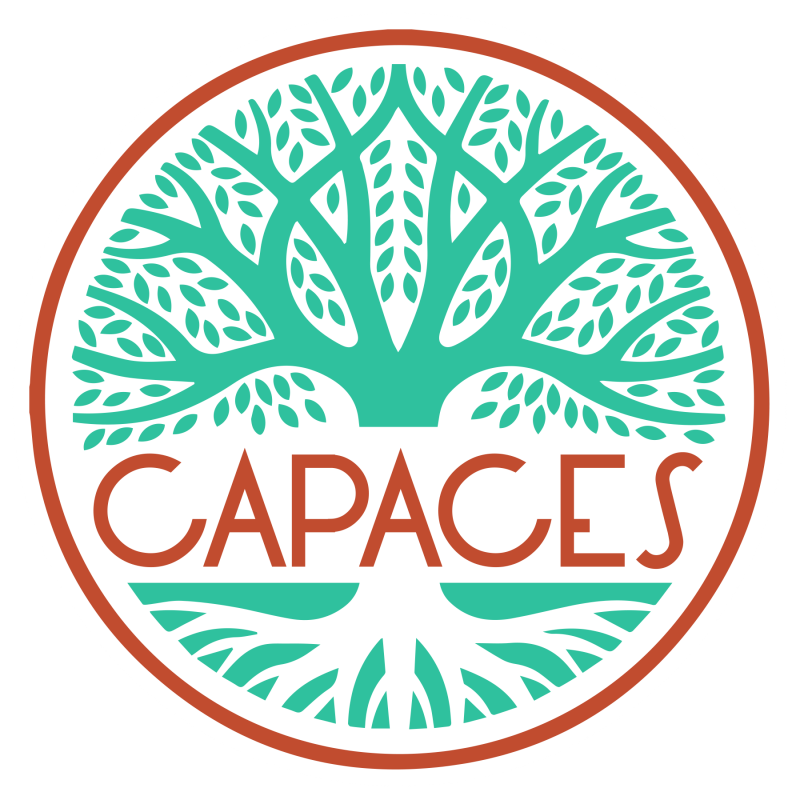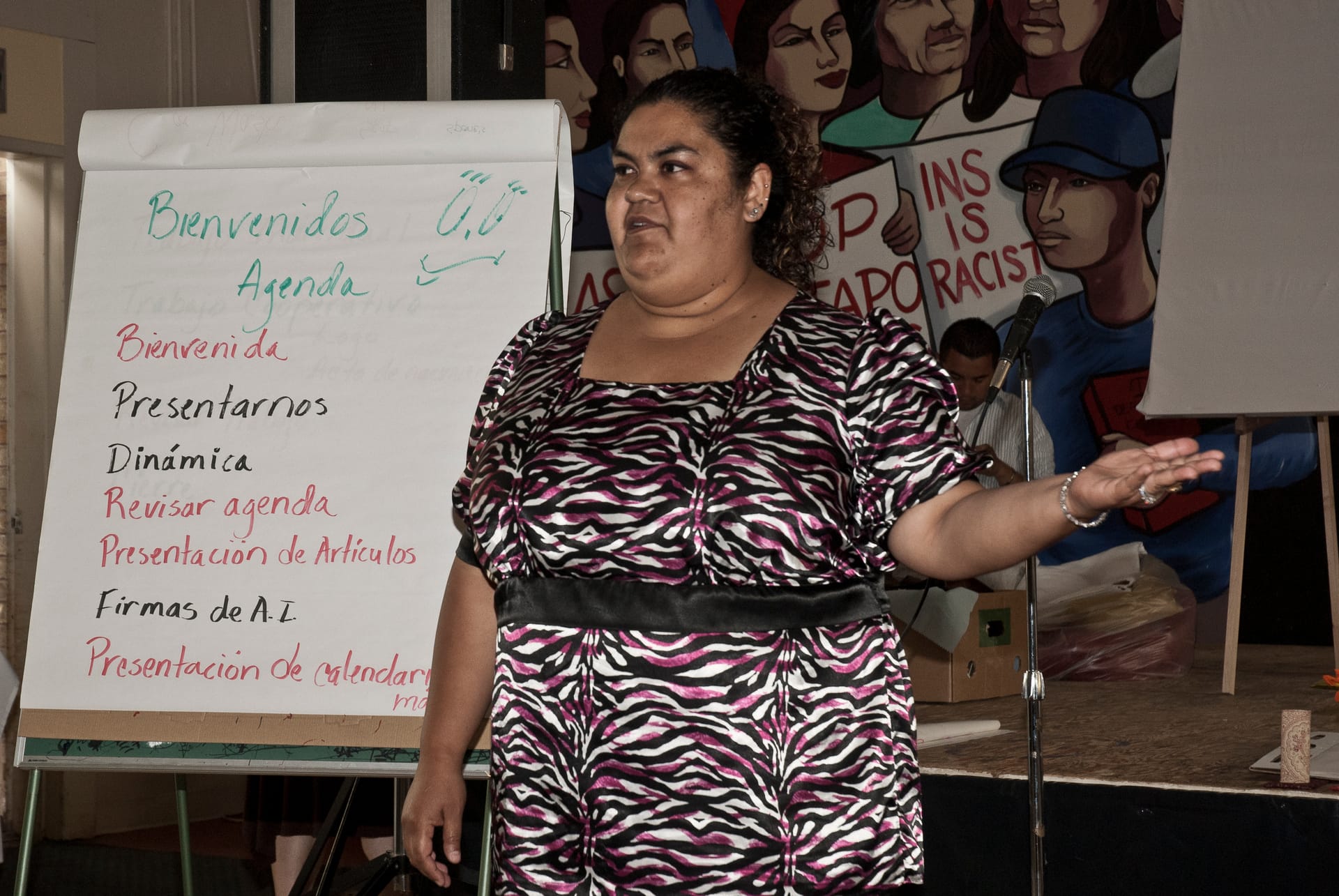Raising the resources to establish and operate the Institute:
- Fulfilled the capital campaign goal of raising $750,000 in 2009 thru 2011, an amount sufficient to build the Institute’s building and operate the Institute through its first year (2012);
- Received grants totaling $503,250 from thirteen foundations;
- Received contributions, donor-advised grants, and pledges from 278 individuals totaling $247,000, including $65,000 from 148 first-time donors;
- Organized ten gatherings of donors and prospective donors in Oakland, Berkeley, Seattle, Washington DC, New York City, Walla Walla, WA, and Cambridge (MA). These were the first such gatherings held outside Oregon in our movement’s history;
- Organized a gathering on August 30, 2011 of 100 supporters, including many “green” development activists, in Portland, with a program headlined by Oregon Governor John Kitzhaber and Oregon First Lady Cylvia Hayes;
- Involved a dozen movement leaders in fifty in-person visits with donors and prospective donors. Most of these leaders had limited fundraising experience and had never before made such visits;
- Implemented the “CLI e-updates”, a semi-monthly bulletin circulated to over 500 contributors, collaborators and volunteers;
- Developed and screened a compelling animated powerpoint on the CAPACES network and the campaigns to establish the CAPACES Leadership Institute.
Design and Constructing the Institute’s Permanent Home:
- De-constructed the small wood-frame house (“our movement’s ‘first home’”) on the site and employed salvaged lumber and windows in construction of temporary “construction office” and storage unit;
- Resolved to make the CLI building the first office or commercial structure in the U.S. to utilize “PassivHaus” super-energy efficient design;
- Organized the groundbreaking ceremony on May 2, 2010—thirty years to the day from our movement’s first celebration of our presence on that site;
- Completed design, design review, survey re-platting, and construction permitting process;
- Attracted the participation of more 1,000 volunteers who put in 8,000 hours on site preparation and construction;
- Procured donation of construction materials with an estimated value of $100,000;
- In 2011, completed the “slab on grade” concrete floor and foundation, excavated bioswales, framed and erected the walls, constructed the cinderblock interior walls, installed the roof trusses, the “TPO” or membrane roof, and interior wall framing;
- In 2012, installed triple-pane windows and doors, completed air-tight sealing, electrical wiring, exterior sheeting and siding, exterior painting, and insulation;
- Set up propagation for plants to be transplanted onto the building’s 3,600 square-foot “green” roof, and planted the first cuttings into the growing medium spread onto the roof surface;
- Received pro bono or discounted professional services with an estimated value of at least $100,000;
- Designed the “CAPACES de Verde” program, bringing together activists and supporters of the green/sustainability community with Latino immigrant construction workers for mutual learning and dialogue;
- Launched a photo-artistic initiative documenting the building’s construction and related activities;
- Launched a campaign to advocate for a Woodburn city ordinance allowing outdoor murals, the first step toward eventually placing a mural on the front and side walls of the Institute building.
Developing the Institute’s Future Programs and Collaborations:
- Developed the concept for the “CAPACES Leadership Institute Council of Advisors”, or “CLICA”, a national network of academics, non-profit leaders, movement-builders, and funders; recruited sixty initial CLICA members and organized the CLICA’s inaugural gathering;
- Developed roster of priority topics and activities slated to be ready when the Institute is fully operational;
- Developed course and session outlines for the ten-hour, five session “CAPACES 101” course, and offered the course four times;
- Developed and offered the three-session “Fundraising 101” course covering the “non-profit” world, donor, foundation and special fundraising, plus basics of understanding budgets;
- Took over coordination of the traditional CAPACES network activities, including quarterly “mass gatherings”, monthly fundraising round-table, monthly Conectas networking conference call, and others.
- Received and accepted the invitation from the University of Oregon’s Knight Library Special Collections to archive PCUN’s historical materials;
- Developed the initial concept and formed the first participants for the “TURNO” program which recruit and train cohorts of Woodburn high school students who are future candidates for leadership in our movement;
- Opened exploration of collaborations with movement-building and academic institutions including Western States Center, the Center for Latino/a and Latin American Studies (University of Oregon), Movement Building Project, Wagner Graduate School of Public Service’s Research Center for Leadership in Action (New York University), Grassroots Institute for Fundraising Training (GIFT), and Center for Community Change, among others;
- In July 13, 2011, incorporated the Institute as a non-profit; one leader from each of the CAPACES network organizations acted as an incorporator;
- Chose and convened the first board, composed of nine directors;
- Adopted the corporation’s bylaws and key policies on participation and organization structure;
- Adopted a 2012 operating budget and set up financial administration;
- Selected Laura Isiordia as the Institute’s permanent executive director, effective August 25, 2011 (Laura was the Institute’s “Start-up Coordinator” starting in February and was previously the long-time community leadership director of Farmworker Housing Development Corporation, one of the nine CAPACES organizations;
- Approved a fiscal sponsorship agreement with the Willamette Valley Law Project, a 501-c-3 corporation which has facilitated the Institute’s capital campaign as well as the development and construction of the Institute’s permanent home on WVLP-owned property;
- Set August 24th and 25th 2012 as the dates for the Institute’s grand opening celebration;
- Secured a verbal commitment from U.S. Department of Labor Secretary Hilda Solís to serve as keynoter for the Institute’s grand opening.

